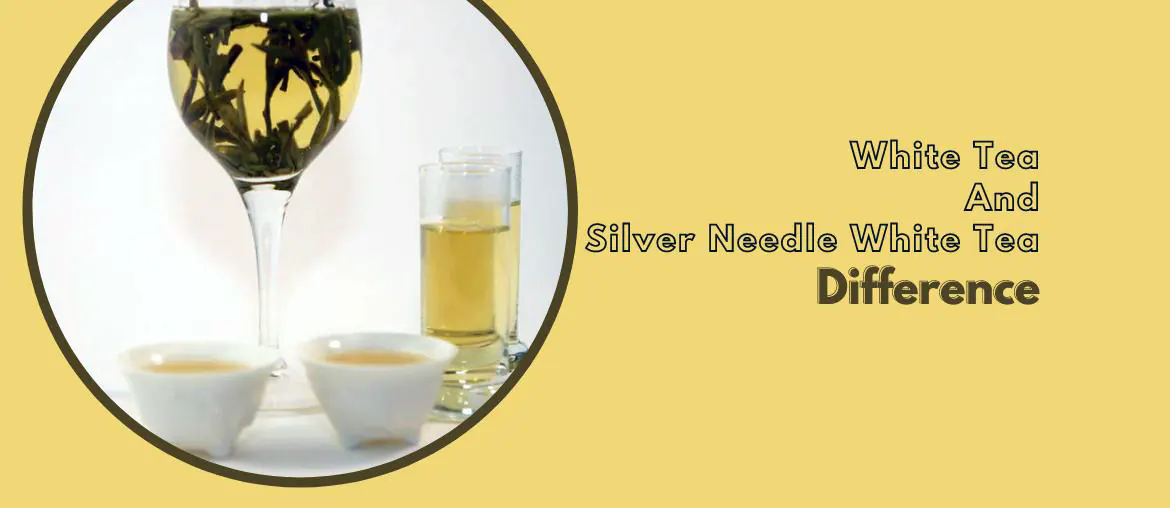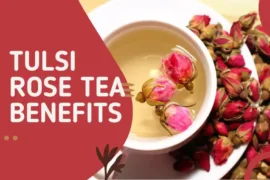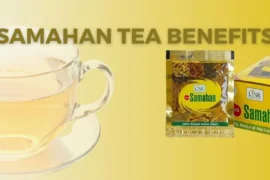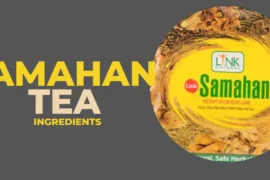White tea and silver needle white tea are both types of white tea. The name “silver needle” comes from the silvery hairs that cover the young buds, making them look like tiny needles. However, the two have some key differences regarding production, quality, and flavor.
What is the difference between white tea and Silver Needle white tea
Production Silver Needle white tea
White tea is made from the tea plant’s buds and young leaves. Silver needle white tea, on the other hand, is made exclusively from the young leaf buds. Silver needle white tea is produced mainly in the Fujian province in China, particularly the regions of Zhenghe and Fuding.
Only the tiny, tightly furled new buds are used to produce silver-needle white tea. These buds have fine silvery hairs, giving the tea its name. The process of making silver needle white tea is very meticulous.
Only the youngest tea buds are handpicked before the leaves have fully unfurled. The buds are then immediately wilted and dried to prevent oxidization and retain their fresh flavour and aroma.
Flavour and Aroma
Because of the production difference, silver needle white tea has a lighter and purer flavor than regular white tea. White tea typically has a stronger flavor with subtle floral notes.
Silver needle white tea has a sweet, honey-like flavor and soft aroma with notes of nuts and flowers. Some describe it as “elegant”. The exclusive use of buds results in a more delicate flavor and aroma.
Quality and Price
The meticulous production process involved in making silver needle white tea means it is considered a high-quality type of white tea. Silver needle white tea is generally priced higher than regular white tea due to the meticulous harvesting process and exclusive use of young leaf buds.
Connoisseurs consider silver needle white tea to be the “queen” of all white teas due to its light, pure flavor and high-quality characteristics.
Classification
White tea is a broad classification that includes several types of tea, including silver needle white tea, bai mu dan white tea, and white peony tea. Silver needle white tea is a specific type within the larger white tea category.
In summary, while both are classified as white tea, silver needle white tea differs in that it is made exclusively from the young leaf buds. This produces a lighter, purer, and sweeter flavor than regular white tea. The delicate buds and production process also make silver needle white tea a higher quality – and price – type of white tea.
What is Silver Needle white tea good for?
Silver Needle white tea is known for its numerous health benefits. The tea contains antioxidants that can protect skin cells and collagen, which can help to slow down the aging process.
The nutrients and antioxidants in Silver Needle tea can potentially boost the immune system and reduce the risk of illnesses. Some research suggests that the chemical compounds in tea may also promote heart health by lowering cholesterol and blood pressure.
Silver Needle tea aid in weight loss by increasing the body’s metabolism. The antioxidants in the tea also help reduce inflammation in the body, which is linked to various health issues. Additionally, some studies suggest that tea potentially benefits brain health by decreasing the risk of memory loss.
Many people say feeling more relaxed after drinking Silver Needle white tea due to its light caffeine and delicate flavor. The high antioxidants in the tea make it a promising option for those looking to improve their overall health and well-being.
The 5 grades of white tea from highest to lowest quality
Silver Needle White Tea
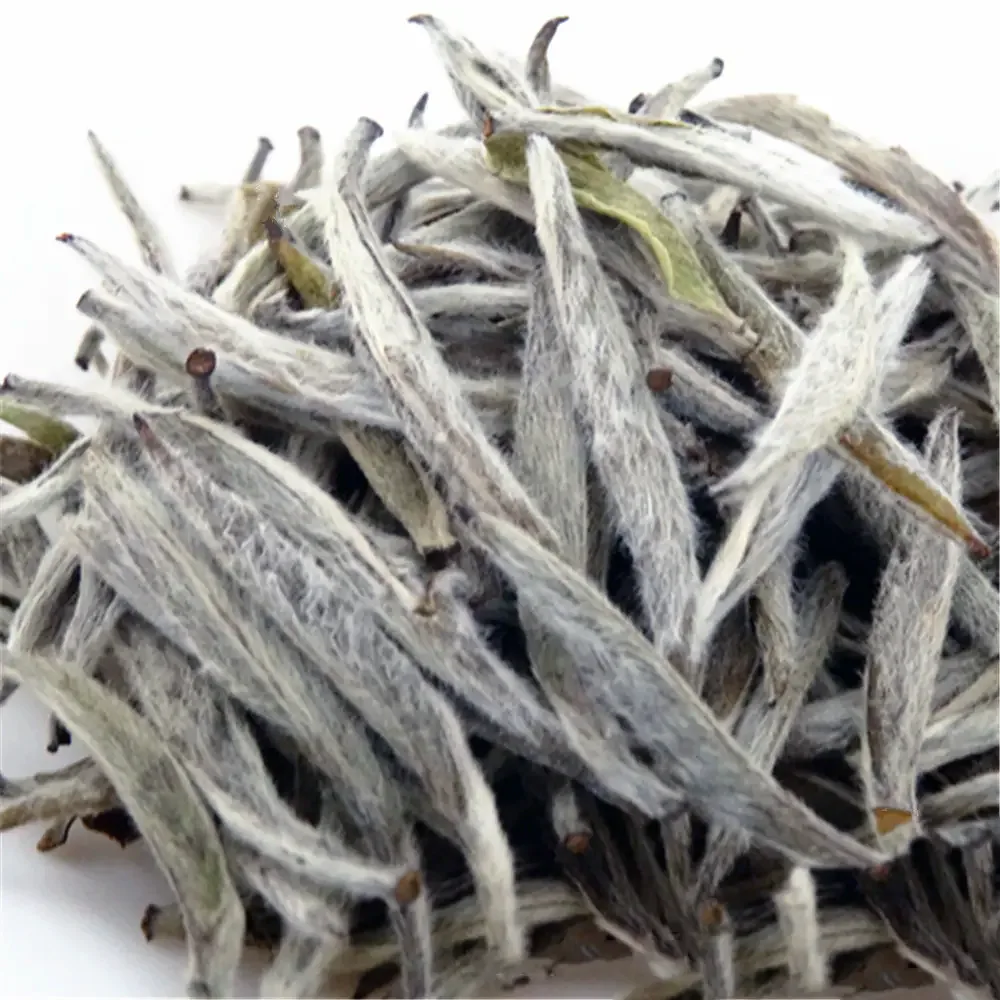
This is the highest grade of white tea and is considered the “Queen of Teas”. It is made from the tiny, plump buds of tea plants that are hand-picked in early spring.
The buds are soft and silvery white in color, hence the name Silver Needle. When brewed, the tea has a light yellow color and a refreshing, delicate flavor that is crisp and clean.
Bai Mu Dan White Tea
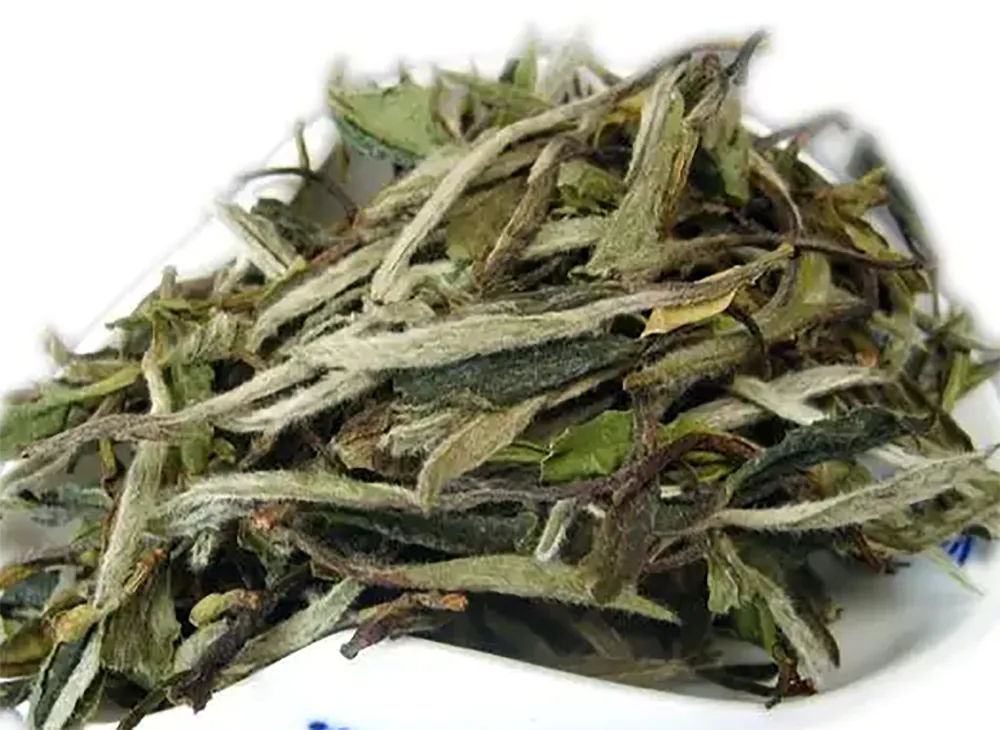
This white tea is made from just the bud with one or two leaves attached. The plucked leaves resemble the shape of a flower bud, hence the name Bai Mu Dan, meaning “white peony”.
When brewed, the tea leaves unfold like a blooming flower, with a refined, floral aroma and sweet flavor. Bai Mu Dan is the second highest grade of white tea.
Gong Mei White Tea
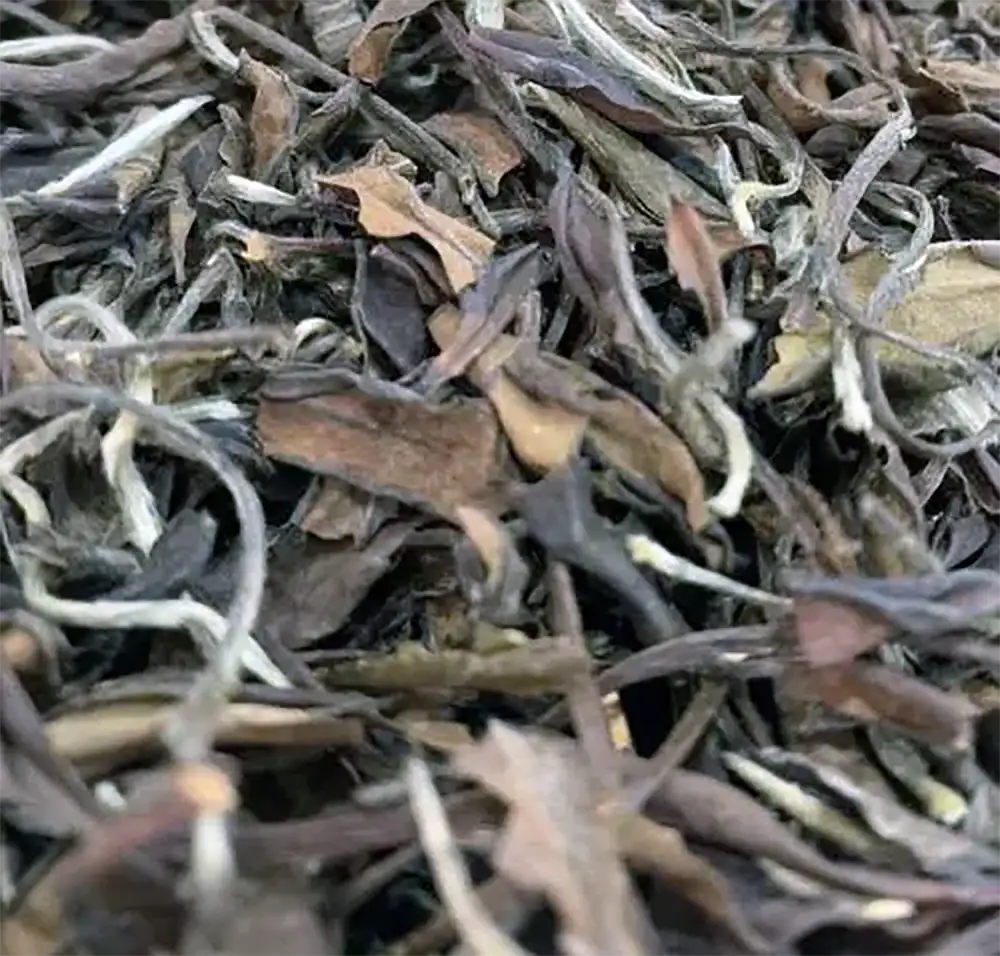
Gong Mei white tea is produced from buds with one to three leaves attached. It has a distinct “heart” formed by the bud and white hairs. When brewed, the tea has an orange-yellow color and a mellow, smooth flavor.
Due to the inclusion of young leaf tips, Gong Mei has a slightly stronger flavor than the two grades above it.
Shou Mei White Tea
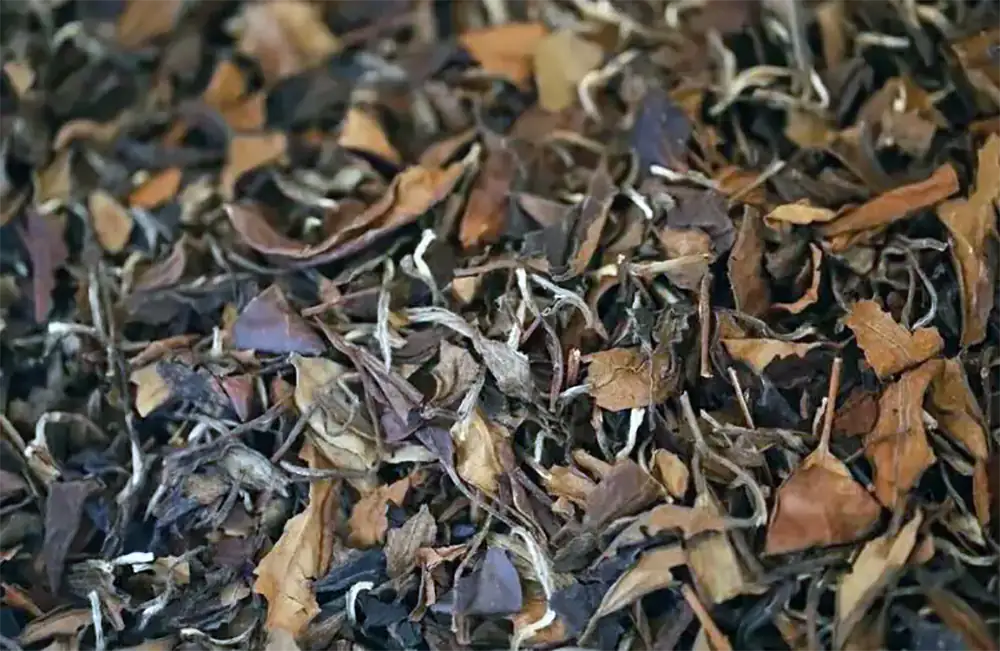
Shou Mei is produced from buds with three or four leaves attached. It is similar in appearance to Gong Mei but is of slightly lower quality.
Shou Mei accounts for around half of all white tea production due to its wider harvest parameters. The inclusion of more young leaves gives Shou Mei a bolder flavor.
New Craft White Tea
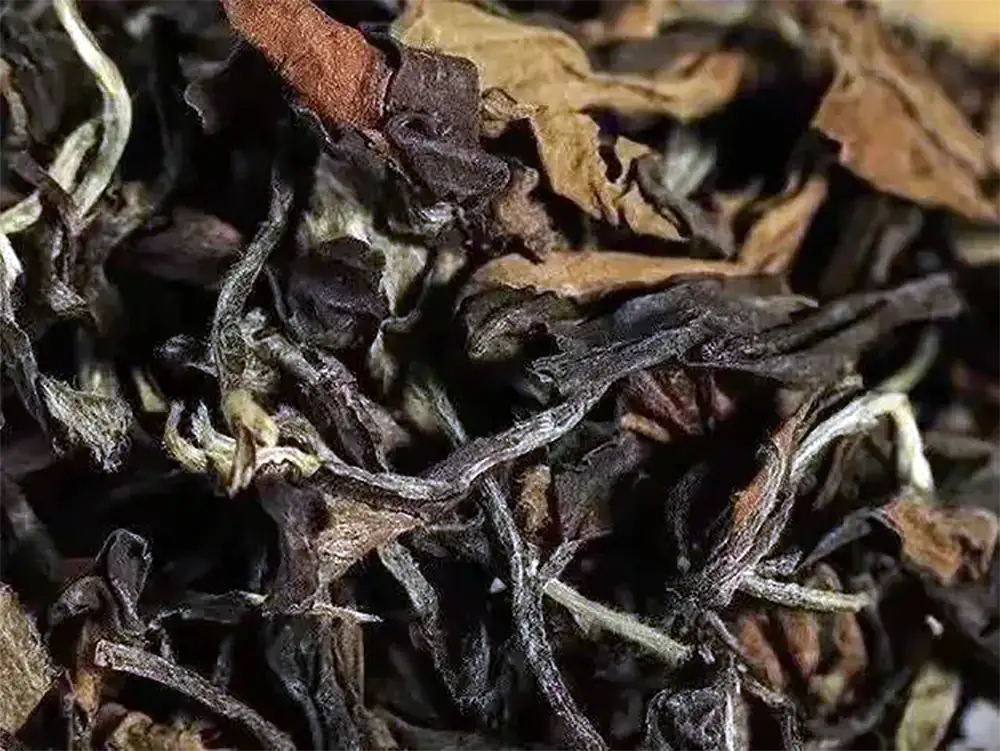
This type of white tea combines traditional and modern techniques in its production to appeal to modern tastes. The tea leaves are lightly rolled, giving them a curved, wiry appearance.
When brewed, the tea has a semi-coiled shape and brownish-green color. The flavor is full-bodied and sweet. The new production methods distinguish this tea from traditionally processed white teas.
The 5 grades of white tea differ mainly according to the size and pluck parameters of the harvested leaves and the resulting flavor, appearance, and quality of the brewed tea. The top grades – Silver Needle and Bai Mu Dan – contain only buds and are generally of the highest quality and lightest flavor. The lower grades incorporate more young leaves, yielding stronger flavors but at the expense of a more delicate cup.
What color should white tea be?
White tea should brew to a light yellow or pale yellow color. Here are the reasons why.
White tea is made from the youngest tea buds and leaves. Since the leaves are not yet fully developed, they contain less of the pigments that produce darker colors when brewed.
White tea undergoes minimal oxidation during processing. Oxidation is what turns black and oolong teas darker colors when brewed. White tea’s lack of significant oxidation means it brews a lighter color.
White tea buds are silver or white in color before brewing. When these buds steep in hot water, they release their light-colored pigments, producing a pale yellow brewed tea.
The name “white tea” refers to the light color of the unbrewed tea leaves and the brewed tea. A very pale yellow or light yellow color is appropriate for white tea.
So, in summary, a good white tea should produce a pale yellow or very light yellow colored brewed tea closer to white than a deep gold or dark yellow. The light color comes from the youthful tea leaves and buds and minimal oxidation during processing.
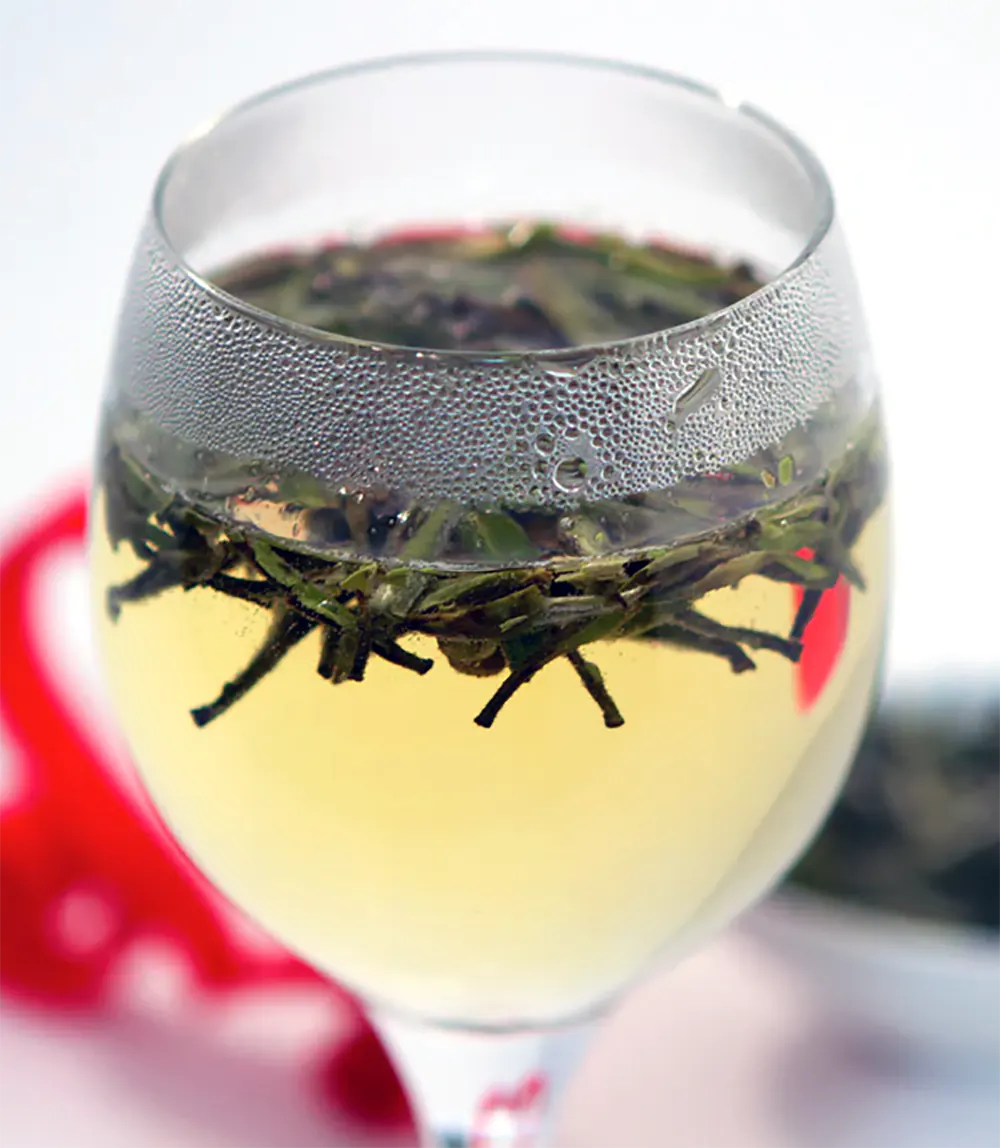
Should you put milk in white tea?
There are pros and cons to putting milk in white tea. Here are the main considerations when putting milk in white tea.
Cons putting milk in white tea
- Dilutes the flavor – White tea is known for its subtle, delicate flavor, which can get lost when added to milk.
- Hides the natural color – White and pale yellow are the ideal colors for white tea. Milk makes it opaque.
- Reduces health benefits – Some research suggests that milk can reduce the antioxidant effects of white tea.
- Risk of “tannin milk curdling” – The tannins in white tea can react with the proteins in milk, causing an undesirable curdling effect.
- Changes the character – White tea is traditionally enjoyed without any additions. Milk changes its fundamental character.
Pros putting milk in white tea
- Created a creamy, comforting cup – Some people enjoy the creaminess and sweetness that milk adds.
- Eases the astringency – Milk can tone down the astringency of white tea, making it more palatable for some.
- Personal preference – If you enjoy the taste of white tea with milk, that’s the most important factor.
- Minor health benefits remain – While reduced, white tea with milk still provides some antioxidant effects.
White tea purists recommend enjoying it without milk to preserve its natural flavor, color, and maximum health benefits. But if you want to experiment and like the taste of white tea with milk, start with a small amount and see how you like it. Goat or plant milk may be better options to avoid curdling.
Summary
White tea and Silver Needle white tea are both types of white tea, but Silver Needle is made exclusively from young leaf buds, giving it a sweeter and lighter flavor. It is considered the highest grade of white tea due to its meticulous production process and exclusive use of buds.
White tea should brew to a light yellow or pale yellow color due to the young leaves and minimal oxidation during processing. While adding milk to white tea can create a creamy and comforting cup, it can dilute the flavor, hide the natural color, and reduce health benefits.
FAQ
How long do you steep white tea for?
White tea should be steeped for 1 to 5 minutes, depending on the type of white tea and personal taste preferences. Some types may take up to 10 minutes. Specific steeping times can vary depending on the brand, but a general range is 5 to 8 minutes.
Can you drink white tea everyday?
Yes, you can drink white tea every day. In fact, drinking a few cups of white tea every day can have a positive effect on your overall health. White tea is true and the least processed, making it a delicate tea that packs a punch regarding health benefits.
Is white tea OK for kidneys?
Yes, white tea is OK for the kidneys. White tea is an excellent choice for people with kidney disease. Drinking white tea benefits the kidneys, and catechins’ role offers protection against renal failure.
How many times can you steep silver needle tea?
You can steep Silver Needle tea multiple times, and the number of times can vary depending on the quality of the tea. It is best to steep up to 3-4 infusions. The flavor of Silver Needle tea gets better with time, and its quality improves if stored properly.

